The post An In-Depth Look at Kenko DG Auto Extension Tubes appeared first on Digital Photography School. It was authored by Megan Kennedy.
Extension tubes are neat little photographic accessories that allow you to create macro-like images without a macro lens. Are you considering getting into macro photography but don’t have the funds for a dedicated macro? Extension tubes could be the way to go.
There are plenty of different makes and models of extension tubes. The variety we’ll be looking at here are by a Japanese company called Kenko, which produces some of the most popular extension accessories available, the DG Auto series.

What are extension tubes?
An extension tube is essentially a hollow spacer that locks between a lens and camera body. An extension tube adjusts the minimum focusing distance (the closest point a subject can be from the camera’s sensor while still being able to focus) by moving the lens further from the camera sensor.
You can stack extension tubes for greater magnification. The thicker the stack of tubes, the closer you’re able to get to a subject and still achieve focus.

A comparison reveals the different capabilities of the Kenko DG Auto extension tubes. Taken with a Canon 50mm f/1.8 II.
Why use extension tubes?
There are numerous benefits that extension tubes have over a conventional macro lens.
Generally, extension tubes are much cheaper than a dedicated macro lens, making macro photography a lot more accessible.
Another benefit is the lack of additional glass between the lens and the sensor. You won’t have to sweat about the quality of extra glass degrading your image. The lack of glass also means extension tubes are quite durable.
Finally, extension tubes are light and easy to carry. So if you don’t want to lug around heavy lenses, extension tubes can be a great option.

What are the drawbacks of extension tubes?
Extension tubes are suited to lenses with small or medium focal lengths and generally work best with prime lenses.
Extending the amount of space between the sensor and the front lens element results in a reduction of light reaching the sensor. This requires an adjustment in shutter speed, ISO, or aperture to compensate. But when aperture controls the fine depth of field balance in a macro image, your only real options are a longer exposure, more noise, or a combination of both.
Also, because extension tubes increase the magnification of the lens, they magnify any flaws in a lens’s design.
In addition, extension tubes require you to remove your lens from the camera body each time you want to adjust the lens extension. This increases the chance of dust settling on the camera sensor.
While some extension tubes (like the Kenko DG Autos) offer autofocus compatibility, the results are generally mixed. Switching to manual focus is your best bet, and this isn’t entirely a bad thing, but it can slow you down in the field.

Not all macro photography has to be razor-sharp. For a softer effect, try adjusting your focus to just in front of your subject.
How do the Kenko DG Auto extension tubes perform?
Construction
Available for Canon, Sony, and Nikon makes, Kenko DG Auto extension tubes usually come in a set of three: one 12mm tube, one 20mm tube, and one 36mm tube. These can be used individually or in a stack.

Each tube has a diameter of approximately 62mm with clear alignment markings to show where you should connect the tube to the camera body and lens. Unlike some cheaper plastic varieties of extension tubes, the Kenko DG Autos all have metal mounting mechanisms.

The 36mm Kenko DG Auto extension tube has a grip running around the outside of the tube.
Out in the field
For my close-up photography, I’ve been pairing my Kenko DG Auto extension tubes with my trusty Canon 50mm f/1.8 II. Without the added complications and weight of a zoom lens, the setup is simple and easy to assemble. The wide maximum aperture of the 50mm also helps compensate for the reduction in light that reaches the sensor as a consequence of the extension tubes.
One thing I look out for with the Kenko DG Autos: I ensure each tube has clicked firmly into place. While I haven’t had any accidents (thankfully), the mounts can be a bit soft sometimes. The potential amount of switching between extension tubes during a single shoot makes the chance of a misalignment higher, so make sure you fully lock each component.

A beautiful and rather patient bottle fly. This image required my 12mm, 20mm, and 36mm extension tubes attached.
Kenko DG Autos are designed with all the circuitry and mechanical coupling to maintain autofocus and TTL auto-exposure (provided there is enough light). However, as I mentioned before, the autofocus can still be a bit iffy. Plus, when taking an extreme close-up, there is such a small area of sharpness that any extra control over the focus of your composition is crucial. I still switch to manual focus 90% of the time for that degree of control.
As with all close-up photography, I use a tripod in a lot of cases to reduce camera shake. In addition, because of the reduction in light reaching the sensor, I often have to compensate with a longer exposure – which makes the tripod a valuable piece of equipment to have on hand.
Price
The Kenko DG Auto set is markedly cheaper than offerings from Canon. While a Canon EF 25 II extension tube is about $ 150 USD on Amazon, the Kenko DG Auto set (the 12mm, 20mm, and 36mm) is priced at just over $ 100 USD. Given that the tubes contain no glass, they have no optical difference and are very similar in construction. The largest difference between the two brands online is the release levers. The Canon tube release lever is reportedly smoother to that of the levers on the Kenko tubes.

A flower head photographed with a 36mm Kenko DG Auto extension tube
Conclusion
Extension tubes have made macro photography much more accessible. If you’re interested in macro photography, it may well be worth investing in the set offered by Kenko. For their price and utility, the Kenko DG Auto extension tubes are a definite staple in my photography kit.

The post An In-Depth Look at Kenko DG Auto Extension Tubes appeared first on Digital Photography School. It was authored by Megan Kennedy.

Digital Photography School



























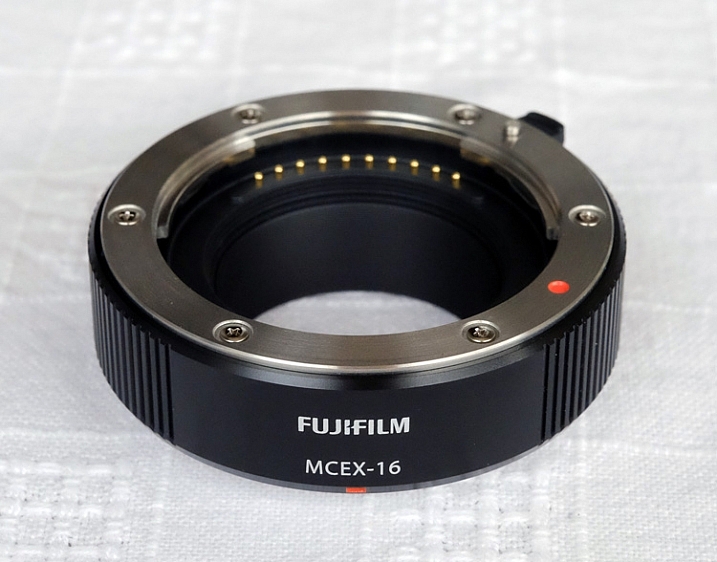
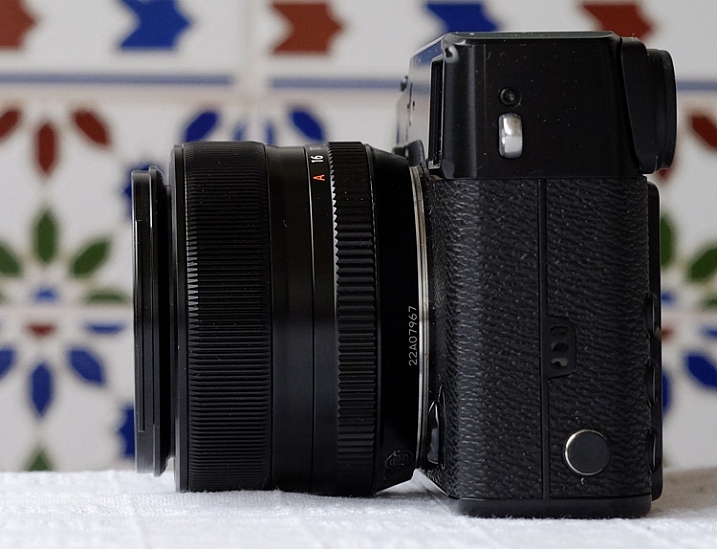
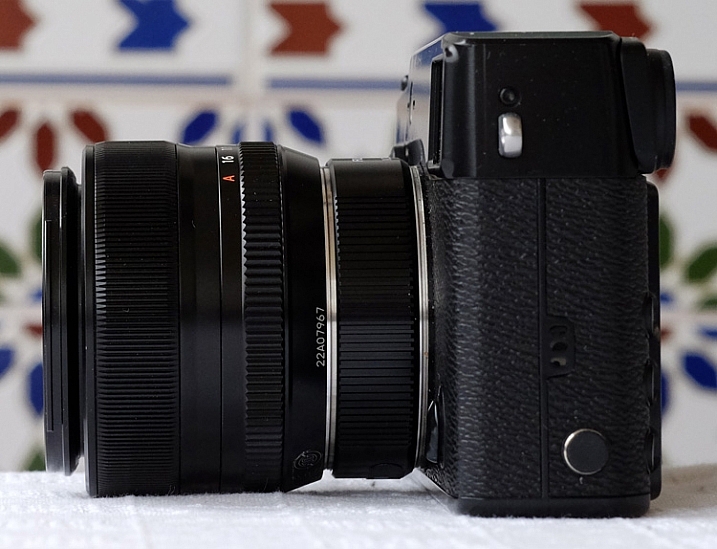
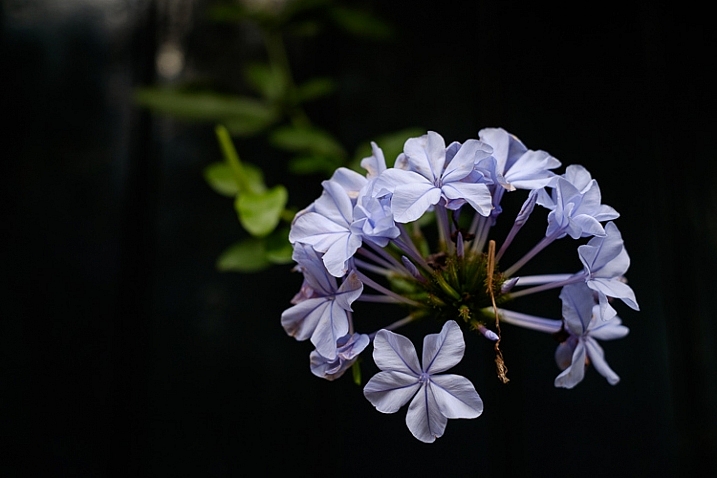
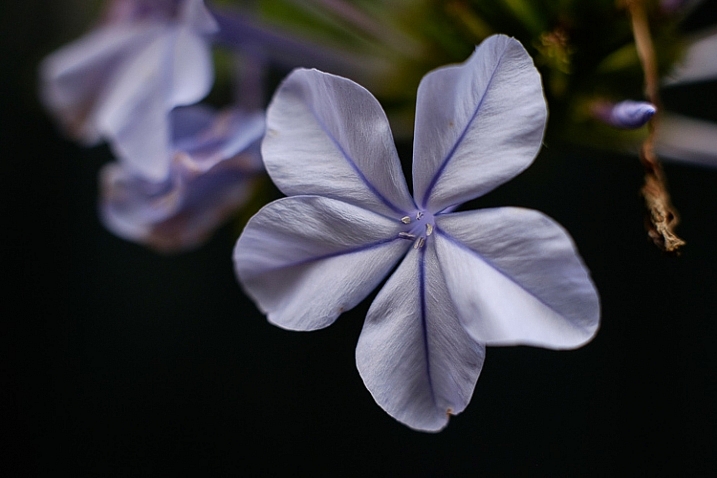

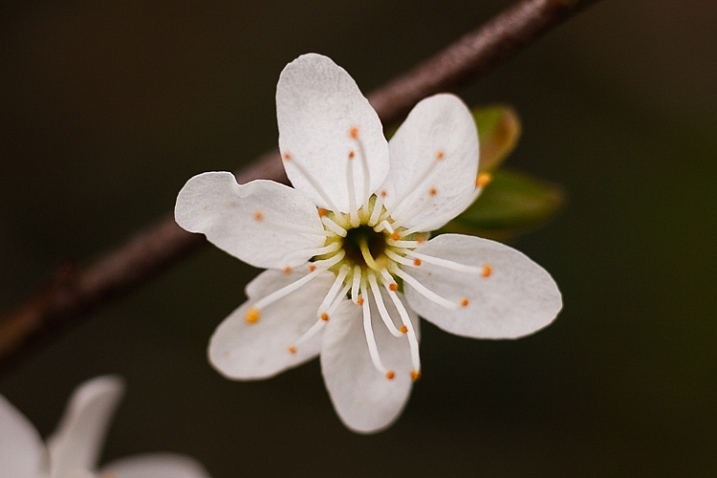
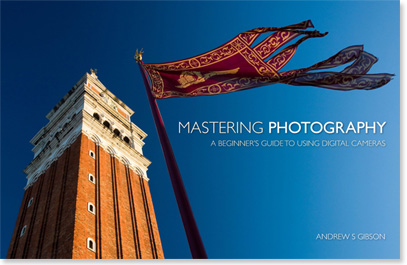
You must be logged in to post a comment.